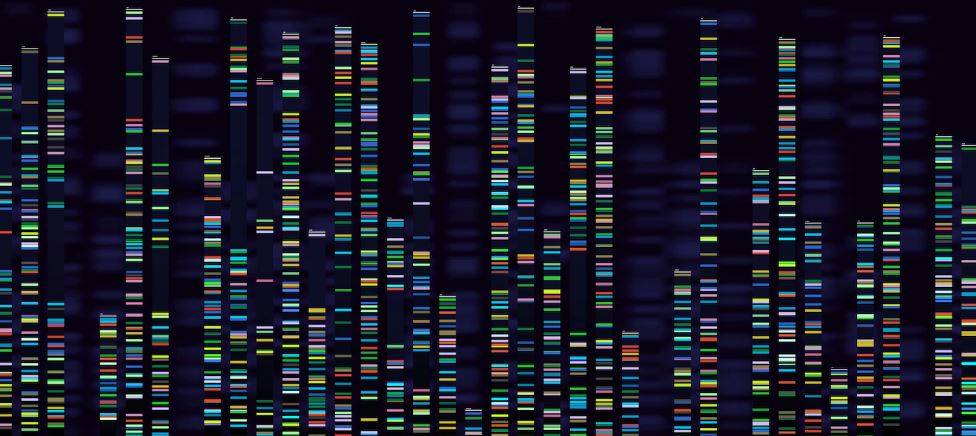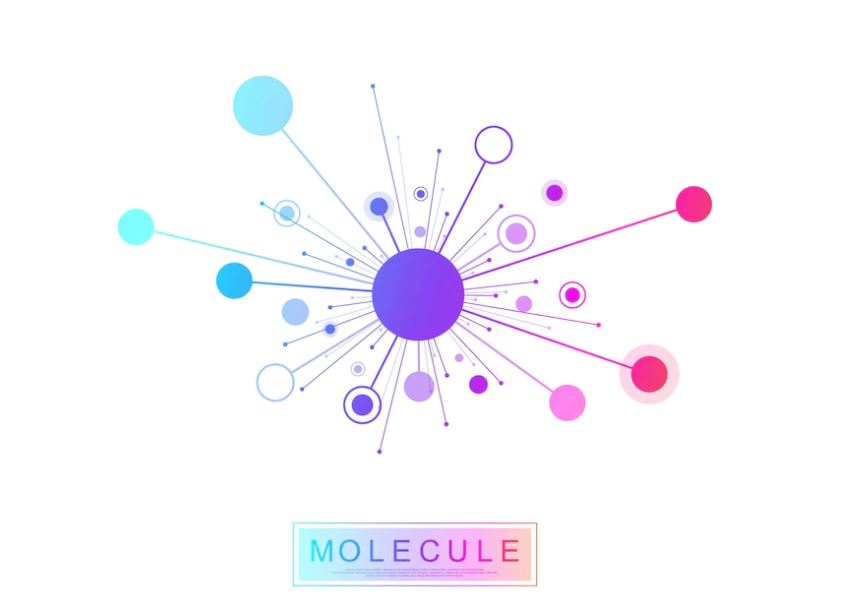Forensic genealogy can help solve crimes and mysteries using evidence from the past. Discover which types of evidence are in this field, and find out how to get started yourself.
Introduction
Forensic genealogy is the use of genealogy to identify and investigate the identity of someone deceased for a certain period. It’s often used in criminal investigations, as it can help solve crimes by identifying the person who committed them.

Forensic genealogy can be used in several ways, but one of the most common methods is mitochondrial DNA analysis. This involves extracting DNA from a sample taken from a dead person and comparing it to DNA samples available online. If the two pieces match, it can prove that the deceased is responsible for the crime.
How does it work?
Forensic genealogy involves using DNA (deoxyribonucleic acid) evidence to identify individuals and families who are related to each other.
DNA evidence can be used to determine whether two people are related based on their shared genetic markers. This is possible because genes are passed down from parents to their children fixedly, and this pattern is usually kept intact over many generations.
The majority of forensic genealogists work in law enforcement or the judicial system. They use DNA evidence to help solve criminal cases and identify victims of crimes. Using this information, they can locate family members who may have been involved in the crime and potential witnesses who may have information that could help convict the perpetrator(s).
Forensic genealogy also has other applications, such as resolving disputes between couples who cannot agree on whom their children are biologically related to. By comparing their DNA samples, forensic genealogists can often determine which parent is more likely to be their child’s father/mother.
Tips for Conducting a successful Forensic Genealogy Investigation
Forensic genealogy is a field of study that uses genetic evidence to investigate past relationships. It can solve crimes, identify loved ones, and more.

There are a few key tips that will help you conduct a successful forensic genealogy investigation:
- Start with a clear goal. You must clearly understand what you’re looking for to avoid wasting your time and energy on irrelevant information.
- Identify key pieces of evidence. This includes DNA samples, birth certificates, marriage licenses, etc. These items may not seem important initially, but they can provide valuable clues when analyzed carefully.
- Be thorough and meticulous in your research. Make sure to collect as much information as possible from all sources, both online and offline, so that you have the total picture possible regarding your investigation.
- Use reliable tools and techniques to minimize the chances of bias or error. This includes using proven forensic genealogy software and following proper investigative procedures.
In conclusion, forensic genealogy investigations can be helpful in legal cases and for family historians. By reconstructing the family history using genetic data, investigators can identify relationships and patterns that may otherwise be hidden. They can also discover new information that could help solve certain mysteries or legal disputes.




